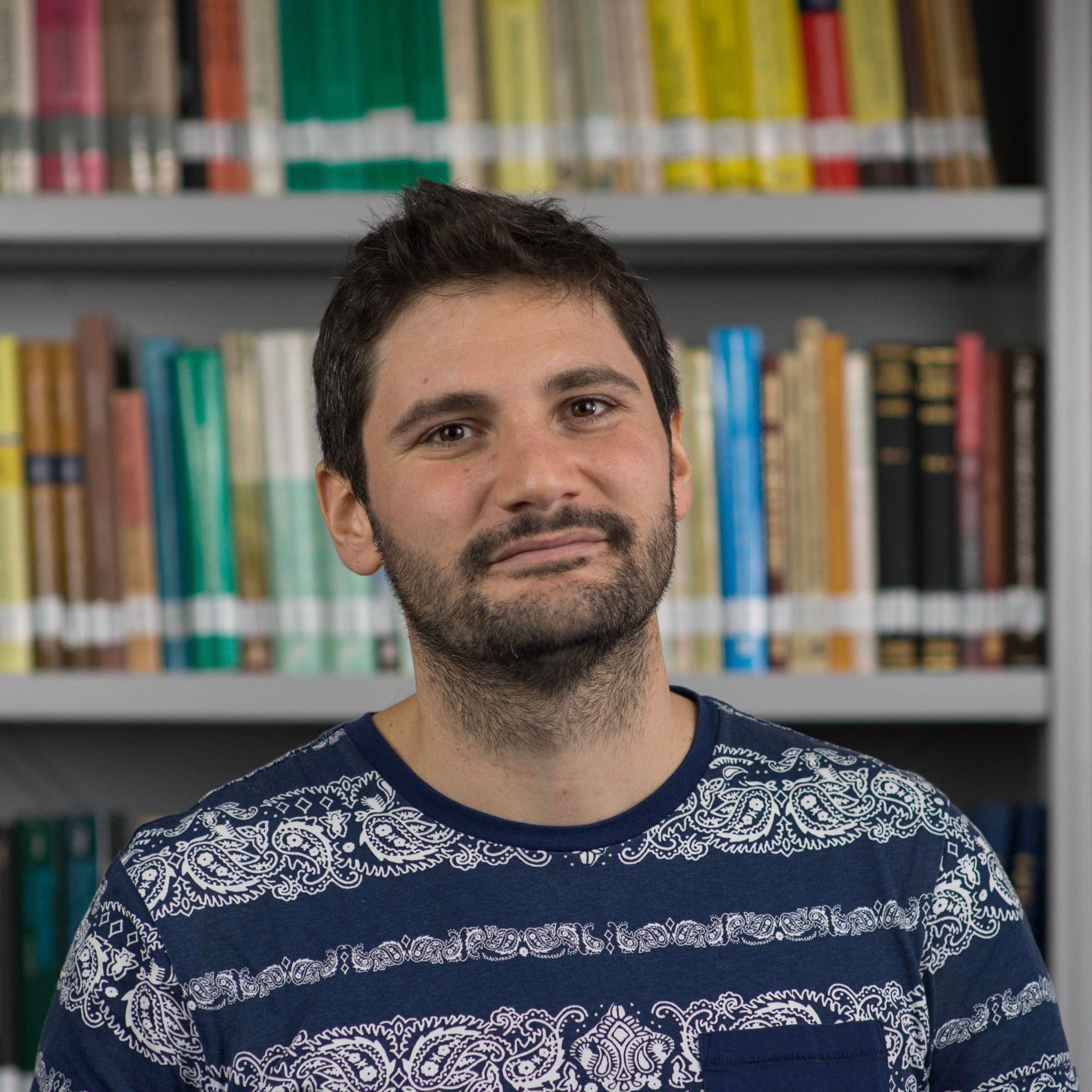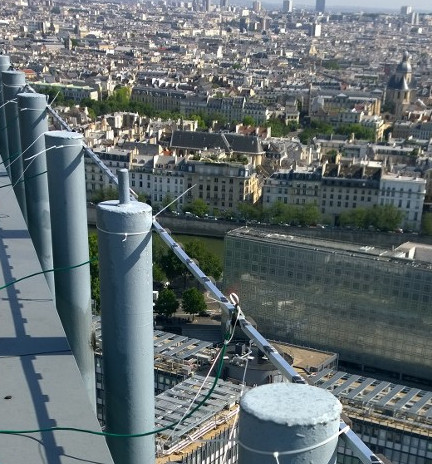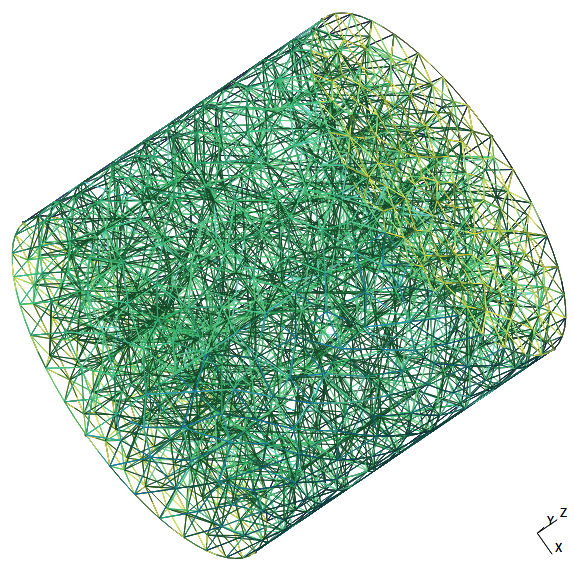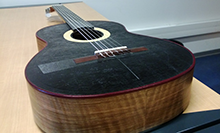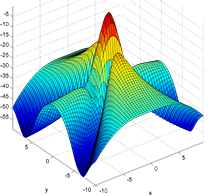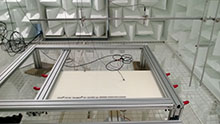Raphaël Leiba
Researcher in Acoustics
Acoustics researcher in the Joint Research Unit in Environmental Acoustics (UMRAE) - Lyon Campus (France)
Before November 2024, I was an Acoustics researcher in LVA - INSA Lyon (France), working on the application of CLEAN-T approach to sound source localisations on aircrafts.
Between 2019 and 2022 I was working on SoundBounce at Lios with Trinity College Dublin in the Fluids, Acoustics & Vibration group
Prior to this Dublin experience, I was a Postdoctoral Teaching Fellows in the Faculty of Sciences & Engineering of Sorbonne University (Paris, France)
I was working in both ∂'Alembert Institute and STMS-IRCAM. It mainly focused on acoustic imaging, machine learning and psychoacoustics.
